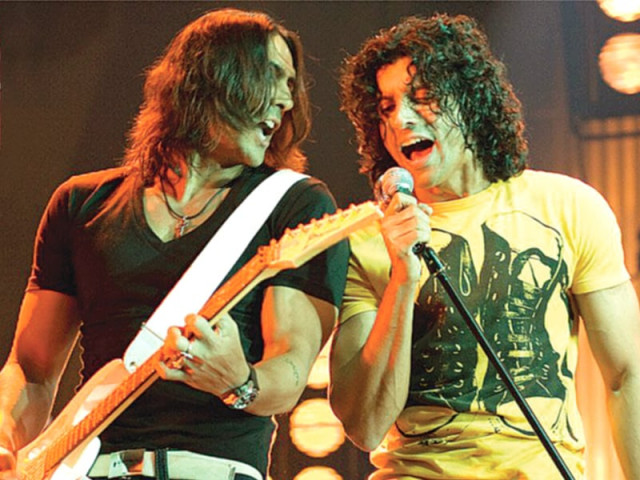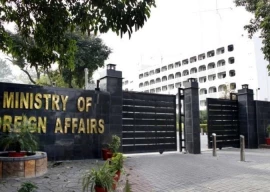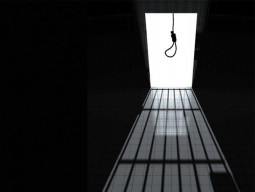
With bold numbers like “The mutton song”, “Karma is a bitch” and now “Bhaag D K Bose”, Bollywood music has turned a new leaf. The popularity of the numbers, replete with punchy, unconventional and slang-laden lyrics laced with pacy tunes, has elbowed out sugary romantic numbers from youngsters’ playlists.
“Songs signify what we like. The youthful feel of the songs makes them a hit amongst adolescents. Basically who makes a song a hit? It’s us, our generation, so it’s right that now musicians are making songs keeping us in mind,” says Anmol Seth, an engineering student in Mumbai.
“Songs like ‘D K Bose’ and ‘Karma is a bitch’ gained immediate popularity because they are fast, energetic and, on the whole, fun,” he adds.
A large population of India comprises of youth, says composer Shamir Tandon, adding: “With the growing number of young people, it’s natural to cater to that section and non-film music styles too have seeped into Bollywood music.”
Bollywood, expected to be a $2.03 billion industry according to a PricewaterhouseCoopers report, is inseparable from music.
In terms of business, songs contribute as much as 15 per cent of a film’s earnings. So filmmakers and musicians are focusing on contemporary tunes and lyrics to attract the attention of youth, who constitute about 30 per cent of the population.
Tandon says that the changing themes of Hindi films demanded a new kind of music to captivate the younger crowds.
“Cinema is also changing. We don’t have the kind of cinema anymore where a girl is yearning for a boy. The whole system of filmmaking is changing. As the language and the fabric of films are changing, it is obvious that the music will change,” he said.
Be it cutting-edge music of forthcoming film Shaitan or the rock-infested soundtrack of Luv Ka The End, young and hip compositions are given priority.
Not only that, now more than one composer works on a single album to add that extra factor. Sometimes filmmakers even collaborate with non-film music bands. For instance, Indian Ocean composed for Black Friday and Peepli Live, Kailasa gave music for Dasvidaniya and Bhayanak Maut composed a song for Shaitan.
And rock happens to be one of the favourite genres used by composers.
“I feel composers like Shankar-Ehsaan-Loy, Amit Trivedi, Vishal-Shekhar, pretty much everybody is contributing to the trend of new sounds now. It also helps to bring in new talent as singers, composers and lyricists,” says singer Aditi Singh Sharma, who has sung rock-based songs like “Dilli”, “Aali re” and “Luv Ka The End”.
“Also, rock as a genre is being incorporated a lot lately. For the past few years, songs with rock influences have been doing very well because our audiences are growing to like that type of music,” she added.
Be it qawaali, Sufi or a romantic track, rock elements are used everywhere. “Pichle saat dino mein” from Rock On!, “Baangur” from I Am, “O mama” from 7 Khoon Maaf, “Jiyein kyun” from Dum Maaro Dum and “Aitbaar” from No one Killed Jessica are rock-based songs that became chartbusters.
Composer Ram Sampath, the man behind “Bhaag D K Bose” from Delhi Belly, feels there is enough space for experimental music.
“Today what is interesting is that you can have regular Bollywood music in a film and there is room for non-regular music. Also, at the end of the day it’s the film that dictates the music that will be used,” said Sampath, who has also composed music for Luv Ka The End.
Published in The Express Tribune, June 9th, 2011.


















COMMENTS
Comments are moderated and generally will be posted if they are on-topic and not abusive.
For more information, please see our Comments FAQ